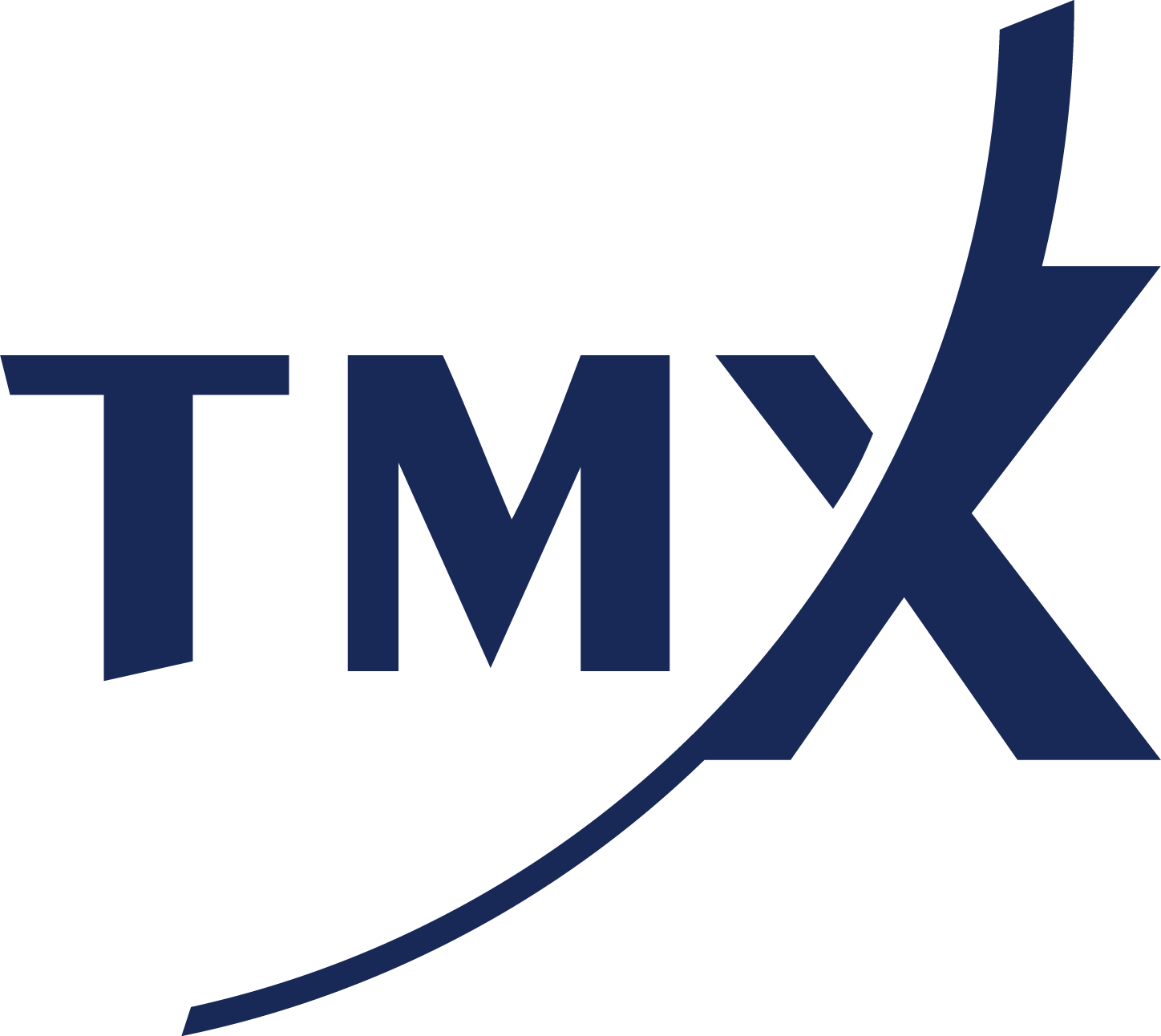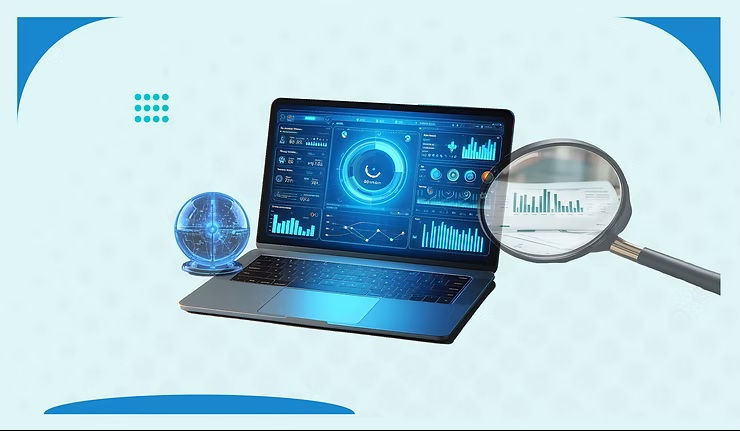7 Best Ways to Perform Media Monitoring of Your Press Release (+ benefits)
- Melissa Strle

- Jun 28, 2023
- 6 min read
Updated: Apr 9, 2024

Table Of Contents
You've sent out your press release, but now what? Well if you're like most people, you're probably interested to see if anyone is talking about your story (media mentions). Utilizing the 7 best ways to accomplish media monitoring will help increase the success of your press release and your overall PR and marketing efforts.
In addition, conducting media monitoring will help position you as a leading public relations or marketing professional.

What Is Media Monitoring?
Media monitoring is the process of tracking and analyzing a variety of media channels to discover mentions, coverage and any other discussions related to a certain topic or company.
Media channels can include newspapers, magazines, television, radio, online news outlets, blogs, and social media platforms.
What Is The Difference Between Media Mentions & Media Coverage?
Media mentions happen anytime your business, product or employee is mentioned in newspapers, magazines, online articles, blogs, TV shows, radio programs, podcasts or social media platforms.
Mentions can be positive, negative, or neutral. In addition, they appear in the news, interviews, reviews, feature articles, or discussions.
Media Coverage tends to be more in depth than media mentions. For example, journalists create dedicated stories, articles, or features that focus on your brand, product, or event.
In summary, both media mentions and media coverage promote company visibility, but media coverage is more comprehensive.
Why Is Media Monitoring So Important?
Media monitoring creates awareness of the visibility and publicity of your company. Also, it serves to educate you so that you can learn from and engage with followers and customers.
Positive media mentions can increase your brand awareness, generate leads, and attract customers. In a nutshell, media monitoring is an important component of your PR and marketing strategy.
What Are The Benefits Of Media Monitoring?
There are many benefits to media monitoring. Some of the main benefits include:
Press Release Evaluation: Track your media mentions and coverage before, during, and after sending your press release to measure the impact and success. This will help you understand the reach and overall effectiveness of your PR and communication efforts.
Public Relations & Reputation Management: Keep track of what is being said about your company. You can respond to both positive and negative comments
Market Intelligence: stay up-to-date with industry news, customer preferences, emerging topics, and relevant discussions.
Media Relations: Identify and build relationships with journalists, influencers, or stakeholders covering your stories and industry. Then, you can focus on trying to get more media coverage.
Competitive Analysis: Discover your competitors media presence, positioning, and strategies and compare how you stack up. Seek out opportunities to differentiate yourself and identify industry trends.
ROI Measurement: Quantify your media mentions, coverage, sentiment and reach so that you can provide a measurable return on investment (ROI) from your PR and marketing efforts. Show how increased media leads to more website traffic, lead generation, sales and more overall value.
Overall, media monitoring enables you to enhance your public relations, marketing and communication results.
7 Best Ways To Accomplish Media Monitoring Of Your Press Release
Use the following seven methods to measure media mentions and coverage of your press release. This will ensure you are striving towards the success of your press release as a leading PR pro or IR pro.
1. Set Up Google Alerts To Measure Press Release Success
Google happens to be the number one search engine in the world. Therefore, this is a great first place where you can easily monitor your media mentions for free.
What does a Google alert do?
A Google alert sends you an email when new results for your topic show up in Google Search. For example, you can enter a name, company or keyword that you want to track for mentions.
This way, you will be able to tell if your press release has been picked up by media outlets or published online.
How to set up a Google alert
Go to Google Alerts
Enter a topic or company name you want to follow in the box at the top
Click on Create Alert
Click edit beside your alert to change options and preferences. You will now receive emails whenever there are matching search results.
2. Social Media Monitoring
Social mentions are social posts that reference your brand. This includes either posts where your company name is tagged (@mentions) or posts where your company name is mentioned without tagging.
Most social media networks have notifications that alert you when your brand is tagged with a social mention.
To track your company's tagged social mentions, simply go onto each social media account and look in your notifications or alerts.
But, what if someone mentions your company name without tagging?
You can track untagged social mentions by using each social media platform's search function to find relevant posts.
Twitter is especially useful in monitoring your company news since journalists and news organizations share their latest articles and stories on this platform.
There are three different approaches you can use to monitor social media activity on Twitter.
Notifications
You can view your Twitter notifications in three ways: All shows you notifications for account activity like new followers, Retweets, mentions, and likes. Mentions shows you notifications only for Tweets that mention your username and Verified shows you notifications only for Tweets from accounts with verified blue check marks.

Go to twitter.com/search where you can search for your press release keywords, company name, or relevant hashtags. This will tell you if your news has been mentioned.
In addition, you can conduct searches for competitors, industry terms, executives’ names or whatever else may be relevant to your business.
TweetDeck
Customize your own TweetDeck. This tool is free with a paid Twitter account. It lets you more easily view multiple timelines, organized by column, on the same page.
In fact, this tool makes it easier to monitor active tweets, @responses, messages and overall activity.
You can track mentions of your brand in LinkedIn by typing your company name in the search bar at the top. Next, click on posts to scroll through the results.

3. Google Search
Don't underestimate the power of a simple Google search. Importantly, you might uncover articles or blog posts that have picked up your story.
Type in your company name or specific keywords and phrases from your press release.
You can use quotation marks around exact phrases to narrow down the search results. Also, make sure you go to Google's Advanced Search to fine-tune what you are looking for.
4. Monitor Media Outlets & News Aggregators
Watch out for your topics or company name on relevant newspapers, magazines, TV channels, and radio stations.
You can regularly check their websites, social media platforms, and search for mentions of your press release.
Second, you can monitor popular online news aggregators like Google News, Yahoo News, Bing News, Flipboard, Feedly or Apple News.
5. View Website Analytics to Learn Press Release Success
If your press release includes a link to your website or landing page, talk to your IT department to monitor your website traffic and analytics.
You might see spikes in traffic right after sending your press release. This could indicate good media coverage that is driving visitors to your website and driving interest.
6. Press Release Distribution Service Reports
If you use a press release distribution service, ensure you monitor your press release distribution reports. These reports cover the reach of your news and should show where your press release is picked up and placed.
It is very important that you find a great press release distribution service that provides comprehensive analytical reports.
Currently, Newsfile provides one of the best press release analytics reports seen in the press release distribution industry.
Moreover, Newsfile's press release analytics provide an overview on how to easily measure the success of your press release with 6 top analytics:
views
clicks
mentions
trends
media clip reports
email alerts
7. Contact Industry Stakeholders & Journalists
Flex your networking skills and don't be afraid to personally reach out to journalists and key stakeholders to inquire about your company stories.
Journalists
Consider making a list of journalists that cover stories about your industry.
Then, reach out to these journalists or media outlets. You can inquire if they have received your press release and if they intend to cover or write a story about it.
Industry Groups, Peers, Clients or Stakeholders
You might be part of industry groups or have a network of industry peers, clients or stakeholders.
If this is the case, reach out to this network and ask if they saw your latest news. Direct feedback from people in your industry can help you gain valuable insights into the reach and effectiveness of your press release.
Newsfile makes it easy to monitor media mentions of your press release, so you can concentrate on boosting your company strategy and results based on these key insights.
Image by Drazen Zigic on Freepik





